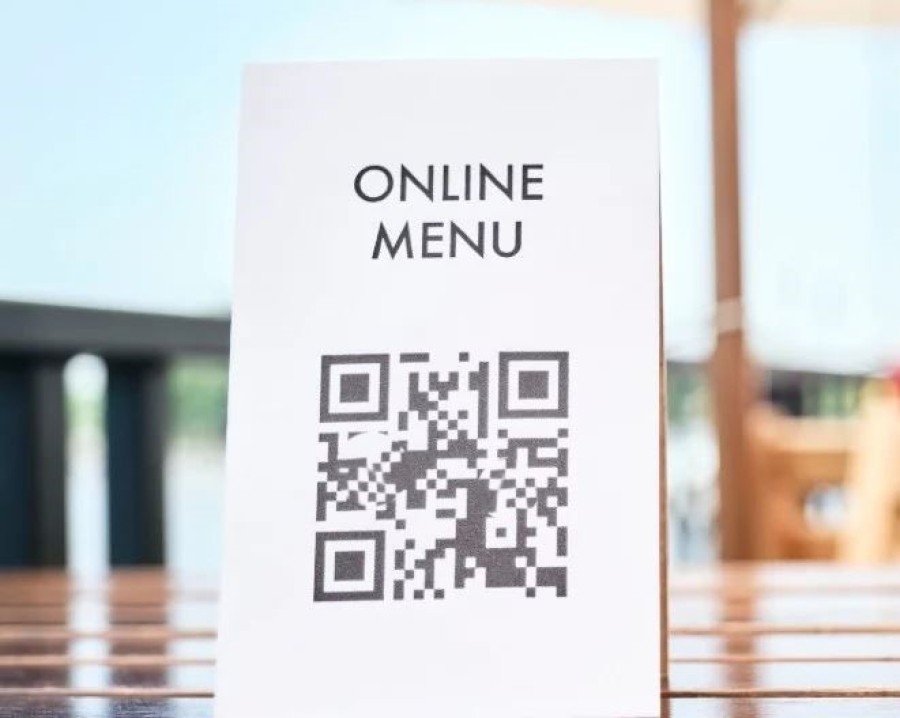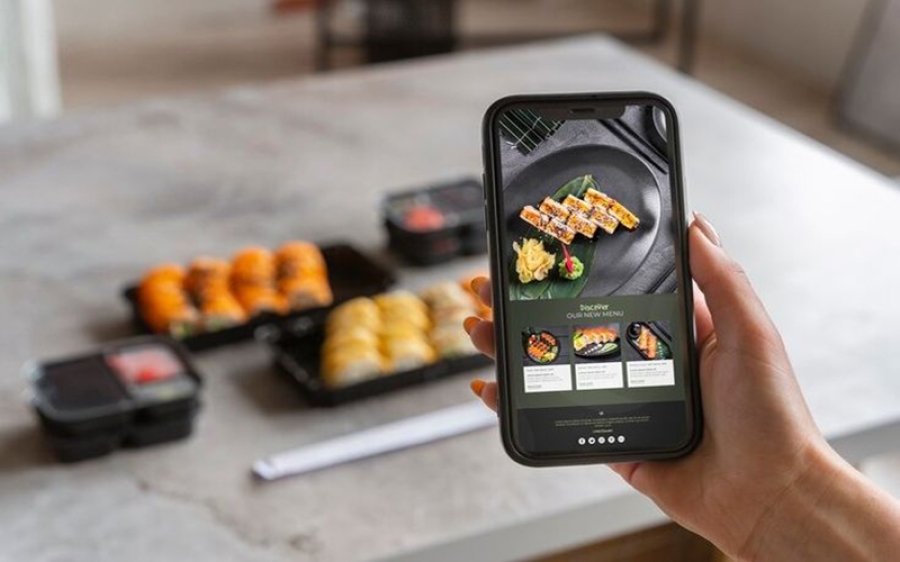Menu Engineering: How to Design A Perfect Restaurant Menu
Creating a perfect restaurant menu is a delicate balance between art and science, requiring a deep understanding of both the culinary and business aspects of running a restaurant. This blog post will explore the concept of menu engineering, a strategic approach that combines data analysis, customer psychology, and design principles to create a menu that not only maximizes profits but also delights customers.
Understanding Menu Engineering
Menu engineering is the process of optimizing a restaurant's menu to ensure it meets both the restaurant's profitability goals and customer satisfaction. It involves a granular approach, focusing on minute details such as color, size, dish descriptions, photography, and even the psychology behind customer choices This method is not just about making the menu look pretty; it's about making it effective and appealing to both the restaurant and its customers.
Why Menu Engineering Matters
The importance of menu engineering cannot be overstated. It's a tool that restaurateurs can use to improve profits, boost sales of popular items, and save money. By applying menu engineering, restaurants can ensure that each dish and drink on their menu is profitable, popular, or both. This approach is not just about listing the best-selling items at the top and the less popular ones at the bottom; it's about understanding the performance of each item and using various tactics to optimize profitability and influence customer choices
Key Steps in Menu Engineering
Data Analysis: The first step in menu engineering is to analyze sales data and food costs to understand which dishes are the most profitable and popular. This analysis helps in identifying items that contribute more to the restaurant's profit and those that are not pulling their weight.
Categorization: Based on the analysis, menu items are categorized into different groups such as Stars (most profitable and popular), Plowhorses (most profitable but not popular), Puzzles (popular but not profitable), and Dogs (neither profitable nor popular). This categorization helps in deciding which items to feature prominently and how to position them on the menu .
Design and Aesthetics: The visual appeal of the menu plays a crucial role in customer engagement. This includes the color, size, and organization of dishes, as well as the quality of dish descriptions and photography. High-quality paper and printing techniques can also enhance the texture and overall look of the menu .
Psychology of Colors: Colors can significantly influence customer choices. For instance, red and yellow are known to stimulate appetite and are often used in fast-food menus. Blue and purple, on the other hand, are cool tones that can suppress appetite but are suitable for modern and cool spaces .
Precision in Descriptions: While elaborate stories might be enticing, precision in descriptions is key. A concise and apt description, such as "slow-cooked to perfection" or "garden-fresh," can set clear expectations and enhance the appeal of dishes .
Conclusion
In conclusion, menu engineering is a strategic process that combines data-driven decision-making and design to create a profitable and customer-pleasing restaurant menu. It requires a deep understanding of both the culinary and business aspects of running a restaurant, as well as an awareness of customer psychology and behavior. By continuously monitoring and adapting the menu, restaurant owners can unlock its full potential for success in the competitive culinary industry.
Menu engineering is not a one-time exercise but a continuous process that requires adaptability and innovation. By applying these principles, restaurants can craft a profitable menu that resonates with diners while aligning with business goals. Whether you're aiming for a fast-paced dining experience or a more relaxed, health-conscious atmosphere, the right menu engineering can make a significant difference in how your customers perceive and interact with your menu.








